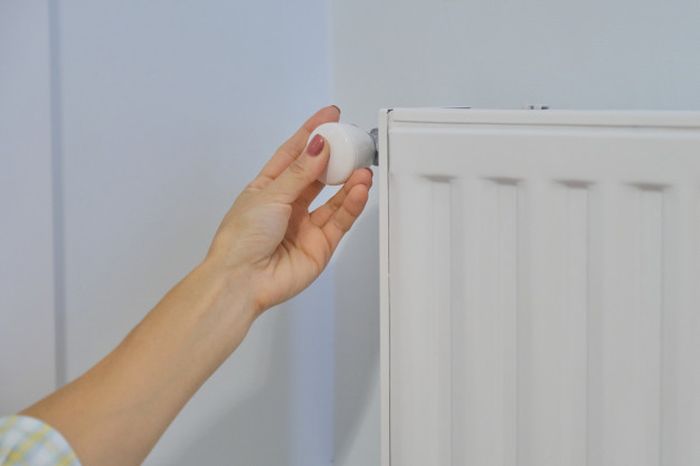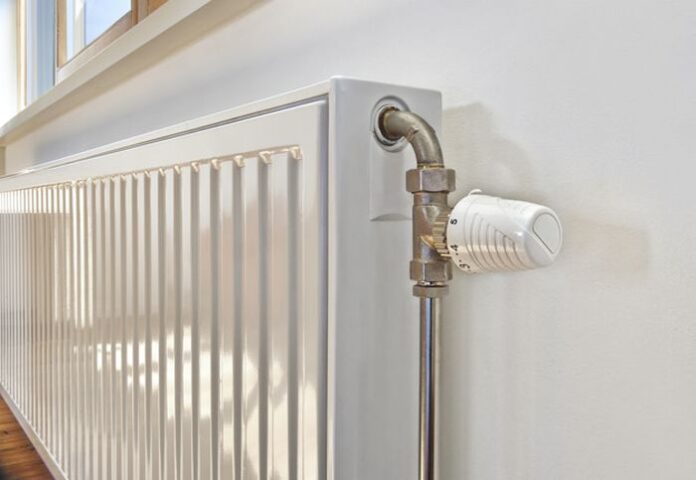
Have you been cleaning a lot this year while staying safe at home? There’s no doubt many houses up and down the country are gleaming more than ever before, as everyone’s new favourite games include Hoover The House, Clean The Kitchen Endlessly, Dust Those Shelves, and who could forget, Trying To Keep The Wash Basket As Empty As Possible. While all this is going on though, there is one area that tends to be overlooked, whether you realise it or not.
If you’ve been going a bit daft with cleaning and wiping everything in sight, have you taken the time to clean and check your radiators around the house? We are not just talking about just the front panel that you might give a once over while you’re dusting down other bits in a room, but what’s going on behind there, and what’s happening on the inside too. With the weather so lovely just now, there’s a good chance your reliance on home heating has gone down, making now the ideal time to check and do some maintenance on your radiators.
Here are some ways to figure out if there’s a problem in your radiator you might not have noticed before, and how to maintain things so radiators can have a good lifespan. Visit Radiatoroutlet to learn more. Follow some of these tips and the difference between your heating working flawlessly in the middle of winter and having to panic about buying a new radiator when it starts acting up.
Cold Top? Get a towel!
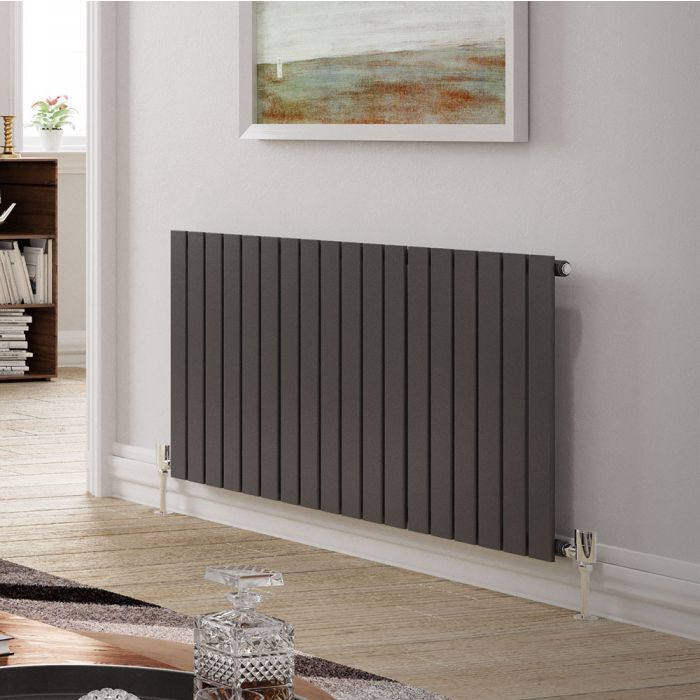
In the UK, even when we have sunny days, there’s still a good chance the home heating needs turned on for an hour in the evening, to help take a chill out of the air. The next time you have your radiators on, go around and give them a quick check by touching the panels at the top, middle and bottom to see if they are indeed warm to the touch. Remember to do so safely as touching a piping hot radiator with bare skin is NOT a good idea.
If you notice the top of the radiator is cold (We’ll be talking about the middle and bottom in just a minute) while the rest stays warm, make a note of it and any other radiators doing the same. The next day while the heating is off, get a key (or flathead screwdriver) and a towel to bleed the radiator. It would be best if you did it when it’s cold, so you don’t run the risk of burning yourself with hot water. You have to get the air out and let water flow back up again.
Turn the top screw and let the air hiss out. When it stops, and you get a little dribble of water coming out, which you can clean up with the towel, your radiator is bled to go to work again. Leaving trapped air over time stops it from working efficiently. If you notice the water coming out looks more like dirty coffee than clear water, you may have dirt build-up somewhere in your heating system. It may not be that radiator in particular, but most likely will be.
Cold in the middle? Time to call a professional.
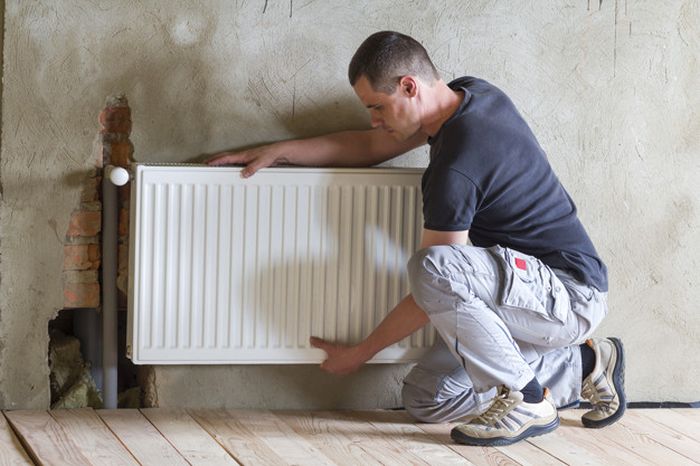
Cold spots in the middle of your radiator can be due to air and sludge getting stuck in it. Unless you are 100% sure you’ll be able to close it off safely, take it off the wall, transport it outside, and run a hose through it in the garden to get all the dirt and sludge out, call a professional who knows what they’re doing instead.
A plumber can come and either take your radiator off the wall and move it outside to flush it or recommend getting the whole system in your home flushed if they think sludge is getting stuck in other ones. It essentially works by forcing cleaning fluid through all your radiators and pipes before being disposed of, before filing everything up and balancing again.
In some instances, they may recommend you get a magnetic filter installed by the boiler to see if it can pull away the rusty bits causing problems, but it isn’t as effective as a proper clean through. Find more about it on iheat.co.uk.
Cold at the bottom? It might be new radiator time.
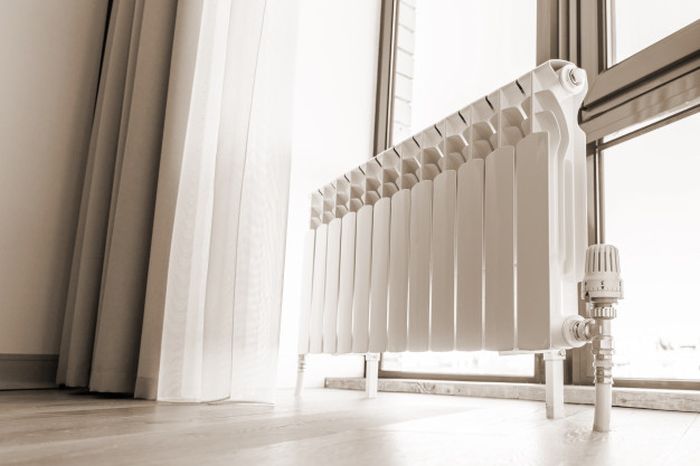
When sludge gets stuck at the bottom of the radiator, it could be the case that you have to get things flushed out in the method we just mentioned.
Alternatively, you may find that the build-up is due to the inside of the radiator starting to corrode. Radiators tend to corrode from the bottom up, and letting one get in a lousy state won’t be any good for your central heating system. Corrosion can cause rusted water and dirty parts to flow from one to another, and eventually cause headaches if several of them start to show signs of wear and tear
When you consider that radiators typically come with a five to ten-year guarantee on the products, it’s a common occurrence to see corrosion on older ones, so get it seen to if you notice problems with the bottom of one right away.
Wait, what about the back of the radiator?

If you’ve been reading and looking for tips on cleaning the panels behind your radiator, don’t worry, we haven’t forgotten.
The major issue with the back of your radiator is that dust build-up doesn’t let cold air come through to get drawn up and heated. With it being in a tricky spot, most people get easily annoyed, trying to clean it out with hoovers and such.
Instead of trying to get in there with a broom or vacuum to get the dust off, just use a hair dryer and blow it out. It’s a time-saver, and you’ll be surprised at just how dusty it is back there. If it’s gotten terrible and you manage to clear all the dust and dirt away, your home is going to see a big difference the next time the heating is on.
Feel your radiators have seen better days?
If you’ve noticed that your radiators are working as well as they could be, especially after doing some of the maintenance tips we’ve discussed here, it might be worth doing some research to see if it is time for a new radiator. You can check out the Trade Radiators website by clicking here. They’re an online-only store, which means they only deliver; ideal when everyone is still staying indoors.
When you really have seen better days with a radiator, it’s ideal to go for a new reliable product, rather than one which is going to cause trouble for the foreseeable.

